US-Sport
NBA: Legend Cheeks: Born to coach
Maurice Cheeks was one of the mainstays of the Philadelphia 76ers, alongside Julius Erving. Despite his calm nature, it was clear for a long time that the former Sixers Point Guard would become a coach after his active career. However, its value was often underestimated. Today Cheeks celebrates his 62nd birthday, the day after he was inducted into the Hall of Fame.
This article was first published on January 4, 2014
Nearly 20,000 spectators can make you nervous. Not to mention the millions on the screens. Nathalie Gilbert’s little misfire is therefore understandable. Before a play-off match of the Portland Trail Blazers against Dallas, the girl was supposed to sing the American national anthem – as is usual in the USA before major and also smaller to very small sporting events – but in the meantime she forgot the lyrics because of all the excitement.
Fortunately, however, she received support. Very prominent support, in fact. The first trailer was barely a few seconds old when Maurice Cheeks, then coach of the Blazers, rushed to her side and helped her with the lyrics. The Rose Garden raged, Gilbert finished her performance loudly and Cheeks returned to the bench satisfied.
Once again the coach had proven his very special feeling for the situation, once again Maurice Cheeks had shown that he simply understands how to guide others. This talent not only earned him a championship, it also made Cheeks one of the most esteemed point guards in recent NBA history.
His career did not begin like that of a potential hall-of-famer. In view of the much less pronounced scouting system at the time, the choice of college was the only obstacle – despite strong figures. During his time at the small West Texas State Cheeks scored 16.8 points on average and hit 57 percent of his litters out of the field.
During the 1978 draft, however, some time passed before the Playmaker finally heard his name. He even had to be patient until well into the second round, only then did the Philadelphia 76ers hit 36th. But why so late? “Back then, schools weren’t grazed as they usually are today. That’s why a boy like Cheeks was easily overlooked,” explains Sixers assistant coach Jack McMahon.
“When I first saw him play for Texas State, all he really showed was his speed and that he knew how to pass the ball. Although he had the Jumper in his repertoire, he ignored it and instead tried to serve his teammates in the Zone”.
Only a local reporter told McMahon that his coach did not see the shooting as part of Cheeks’ job. “There was even a rule that jumpers were forbidden from more than 4.5 meters away.” Only a Postseason All-Star Game was finally decisive in using the second-round pick for the ones player. As long as the Sixers took their time with the decision, they were convinced of their rookie in the end.
The confidence even went so far that World B. Free, with whom Philly had reached the finals in 1977, was traded to the Clippers in San Diego before the start of the season. And Cheeks quickly proved why. During his first season he played all 82 games and shone with strong odds (51 percent FG). Above all, his combination of unselfishness, outstanding understanding of the game and intensive defense should be invaluable for the Sixers in the coming years.
After two final defeats in 1980 and 1982, they were planning a big success in 1983 in Philly. In order to finally offer Lakers legend Kareem Abdul-Jabbar an equal counterpart in the Zone, Moses Malone from Houston was hired. With Julius Erving, Andrew Toney and Malone the Sixers had an incredibly variable offensive trio at their disposal.
Some teams have owned one in the past, but this did not guarantee titles for a long time. Perhaps the best examples from the recent past are the 2004 Lakers, which had four (future) Hall-of-Famer in their roster: Gary Payton, Shaquille O’Neal, Karl Malone and Kobe Bryant. In the end, however, Jerry Buss’ small All-Star team lost to the Detroit team in the final.
Even though the characters are difficult to compare, the 83 Sixers could have served as a blueprint if there hadn’t been a floor general named Maurice Cheeks on the court game by game. The Point Guard conducted Philly’s Offense and always knew how to use his three scorers correctly.
Dr. J once even called him the quiet leader of the team. Big words were actually never Cheeks’ thing. During Philly’s farewell ceremony for Erving in his last season, he took the microphone to address a few sentences to the Doctor on behalf of the team. A few, slightly stammered words later the spectacle was over. “Mo hasn’t said that much in the last nine years,” Erving laughed afterwards.
As calmly as Cheeks appeared off the field, as reservedly he also went to work on the court. He always put his own game behind, gave the Sixers what they needed. For example, if Toney went through an off-night, he stepped in as a scorer, but in most cases he took on the role of the quiet organizer. A total of 7,392 assists distributed cheeks during his 15-year career. Only twelve players used their team mates more frequently in the league history.
And as if that wasn’t enough, the Point Guard also did his duties at the back of the court more than respectably and was appointed to the All-Defensive Team four times. “Little Mo,” as Erving called his One’s after Big Mo Malone’s arrival, held Philly’s defense together and shone as an extremely effective ball thief (2,310 career steals, fifth behind John Stockton, Jason Kidd, Michael Jordan and Gary Payton).
The Sixers marched through the 1982/83 season thanks to Cheeks, lost only one game in the playoffs and sweeped the big Lakers in the finals. Erving, Malone and Toney shared a large part of the recognition – certainly justified at times – and Cheeks was a little in the second row.
Lud coach Billy Cunningham for training, however, it was over with restraint and queuing. Already during his active career Cheeks obviously thought like a coach, wanted to see Plays also run properly in training and laid the foundation for his second career – which he also started almost directly after the end of his career.
In 1994, just a year after his last match for the New Jersey Nets, the four-time All Star took his first coaching job. Only as an assistant, but with “his” Sixers. After seven years as an apprentice under John Lucas, Johnny Davis and the legendary Larry Brown, his first position as head coach followed in 2001 with the Blazers. Since then Cheeks has trained the Sixers, assisted OKC and switched to the Pistons.
There, however, it did not work as desired, after only 50 games the chapter was closed again by those responsible. The return to the second link to the Thunder followed, a task as if tailor-made for Cheeks. OKC still has a lot of young players waiting for advice from the legend. It should be known that Cheeks wants to help at any time. Nathalie Gilbert will certainly confirm that.


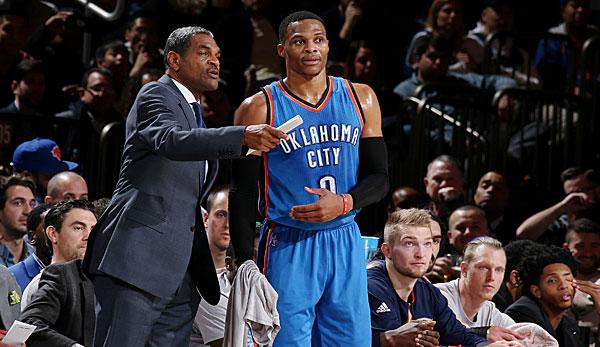
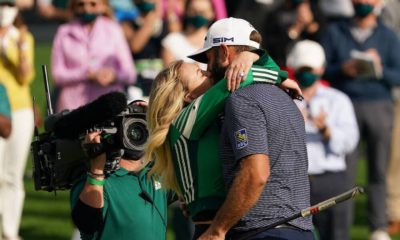
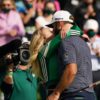
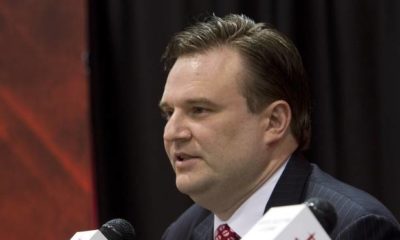
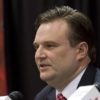
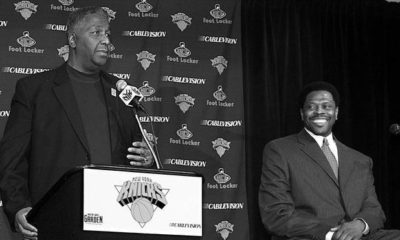
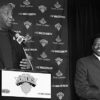
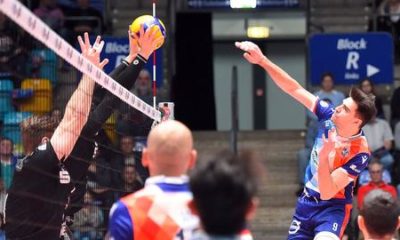
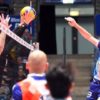
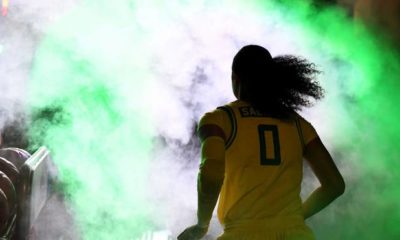
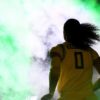





You must be logged in to post a comment Login